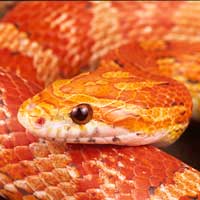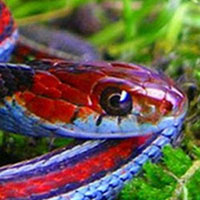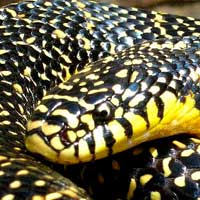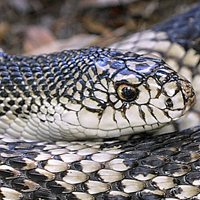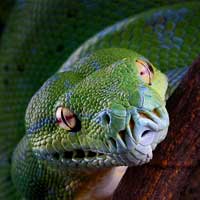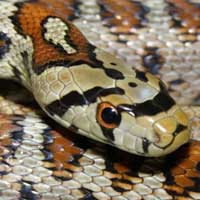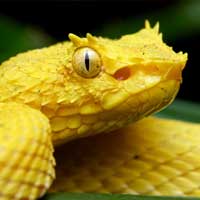Peninsula Ribbon Snake: A Comprehensive Guide to This Graceful Reptile
The scientific name of the Peninsula Ribbon Snake is Thamnophis sauritus sackenii. It belongs to the Colubridae family, which is the largest family of snakes, comprising many non-venomous and mildly venomous species.
Scientific Name: Thamnophis sauritus sackenii
Snake Family: Colubridae

Introduction to the Peninsula Ribbon Snake
The Peninsula Ribbon Snake (Thamnophis sauritus sackenii) is a strikingly slender and vibrant species found in the southeastern United States. Known for its agility and preference for wetland habitats, this non-venomous snake is a delight to observe in the wild. Its characteristic stripes and gentle demeanor also make it a favorite among reptile enthusiasts.
Where Does the Peninsula Ribbon Snake Live?
The Peninsula Ribbon Snake thrives in aquatic and semi-aquatic habitats, primarily in the warm climates of Florida and nearby regions. It is often seen near water, where it finds both safety and an abundance of prey.
Preferred Habitat Features:
- Marshes and wetlands
- Shallow ponds and streams
- Coastal lagoons
- Forested areas near water bodies
| Region | Habitat Type | Key Features |
|---|---|---|
| Florida | Wetlands and marshes | Abundant water sources |
| Georgia | Coastal plains | Mild climate, vegetation |
What Does the Peninsula Ribbon Snake Eat?
The Peninsula Ribbon Snake is an opportunistic feeder with a diet that consists primarily of small aquatic and semi-aquatic creatures. It hunts actively, using its speed and agility to capture prey.
Common Diet:
- Frogs and tadpoles
- Small fish
- Invertebrates like insects and worms
- Occasionally small salamanders
In captivity, feeding should mimic their natural diet as closely as possible. High-quality frozen and live prey, such as small fish or worms, is ideal. Juveniles should be fed more frequently than adults, with meals offered 2-3 times a week.
Behavior and Temperament of the Peninsula Ribbon Snake
The Peninsula Ribbon Snake is known for its active and curious behavior. As a diurnal species, it spends much of the day foraging for food and basking in the sun.
Key Behavioral Traits:
- Diurnal, active during the day
- Skittish and quick-moving when threatened
- Non-aggressive and rarely bites
- Frequently found near water sources
While generally gentle, this snake can be shy and may emit a musky odor if it feels threatened. Regular, gentle handling can help it become more accustomed to human interaction in captivity.
Health and Lifespan of the Peninsula Ribbon Snake
With proper care, the Peninsula Ribbon Snake can live 6-10 years in captivity. Maintaining its health involves replicating its natural environment and monitoring for common health issues.
Common Health Issues:
- Respiratory infections due to high humidity
- Parasites, particularly in wild-caught specimens
- Shedding problems caused by low humidity
To ensure optimal health, maintain a clean enclosure with a temperature gradient of 75-85°F, a basking spot, and access to clean water. Routine check-ups with a reptile veterinarian are also recommended.
Reproductive Traits of the Peninsula Ribbon Snake
The Peninsula Ribbon Snake is viviparous, meaning it gives birth to live young. Mating occurs in the spring, with females typically giving birth in late summer.
Reproductive Details:
- Mating season: Spring
- Gestation period: 2-3 months
- Litter size: 5-15 neonates
- Neonates are independent from birth
In captivity, successful breeding requires mimicking seasonal changes in temperature and light cycles. Providing a stress-free environment is key to encouraging reproduction.
Proper Handling and Care for the Peninsula Ribbon Snake
Caring for a Peninsula Ribbon Snake requires creating a habitat that reflects its natural environment and providing consistent care.
Handling and Care Tips:
- Handle gently to avoid stress
- Provide an enclosure with ample space and hiding spots
- Maintain a temperature gradient and clean water
- Feed a diet that mimics its natural prey
With the right care, the Peninsula Ribbon Snake can thrive in captivity, offering reptile enthusiasts a rewarding and beautiful companion.

